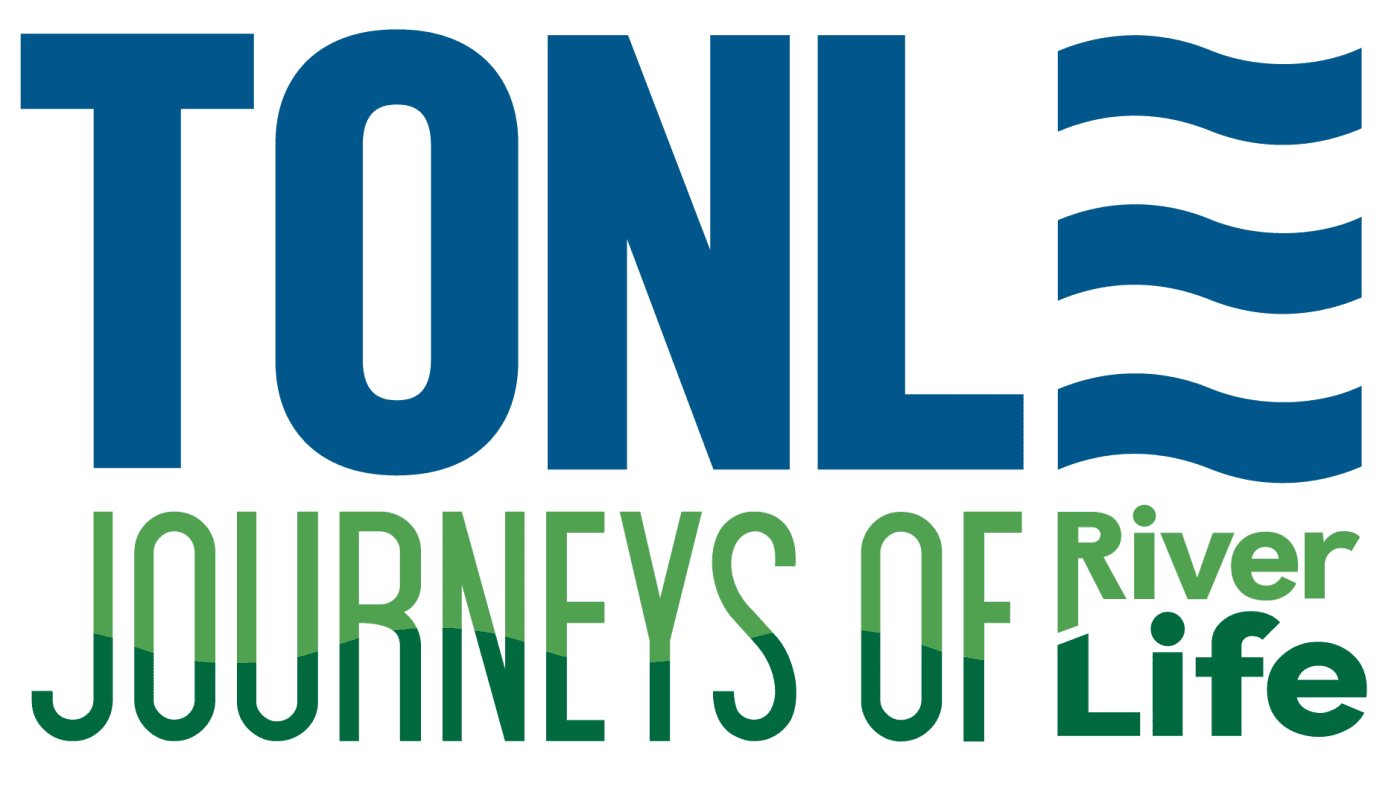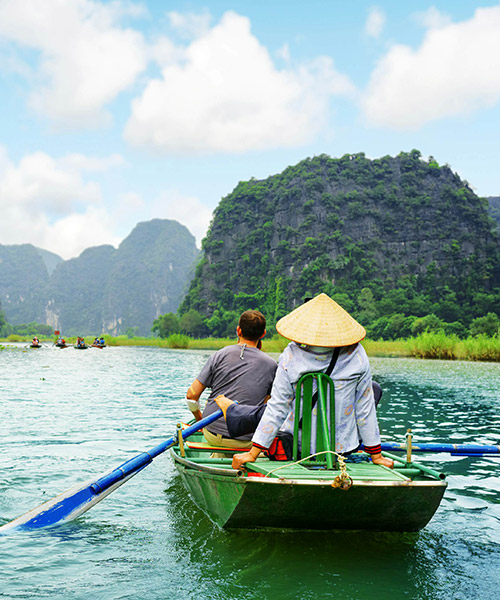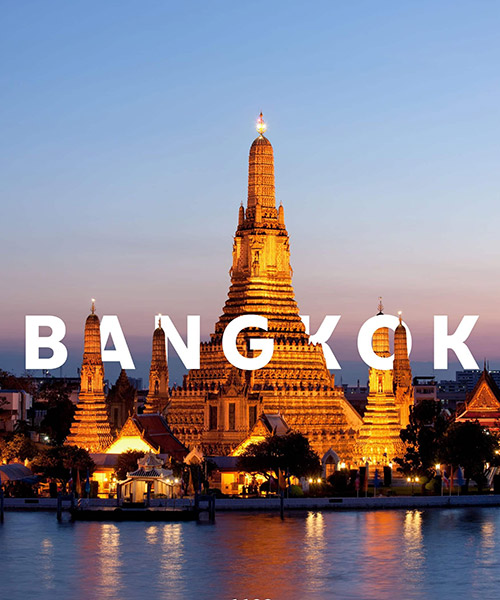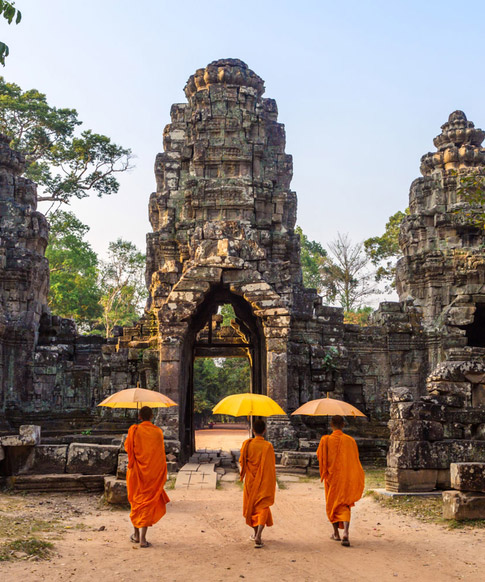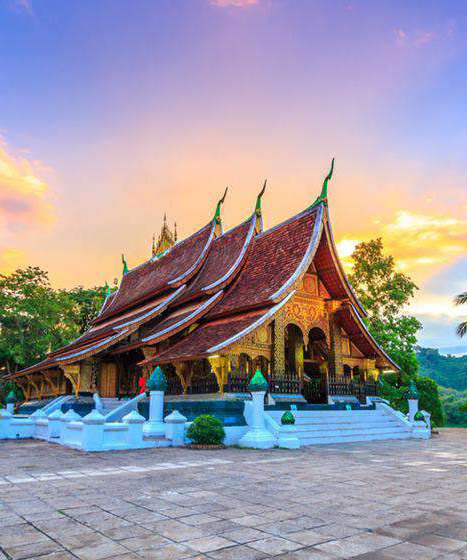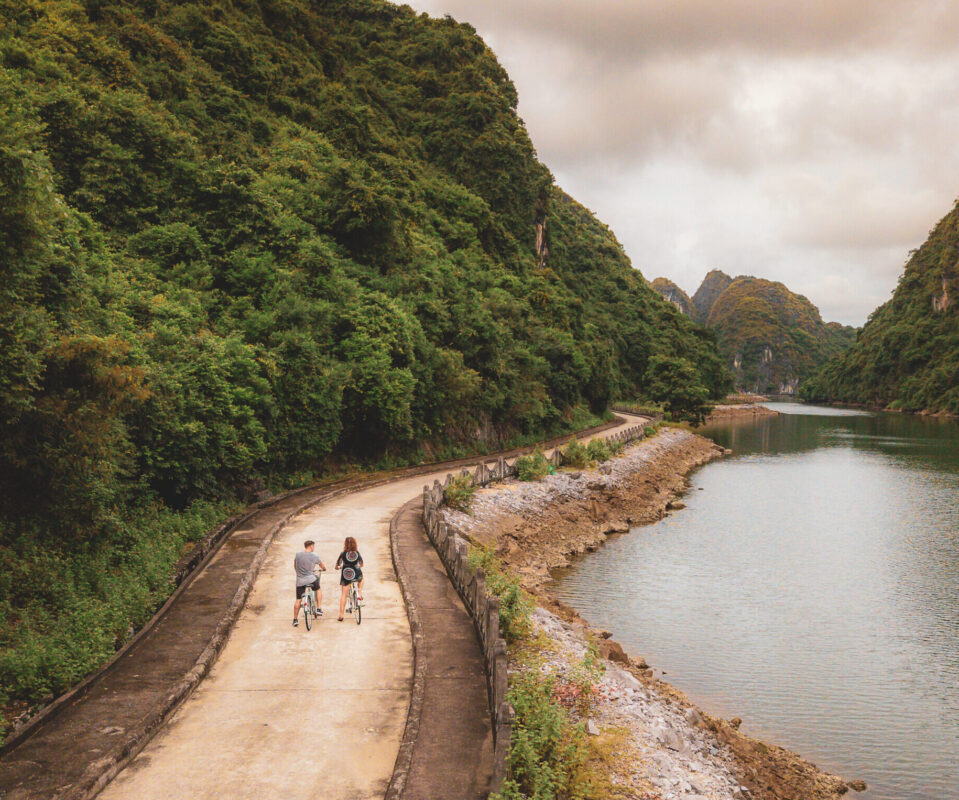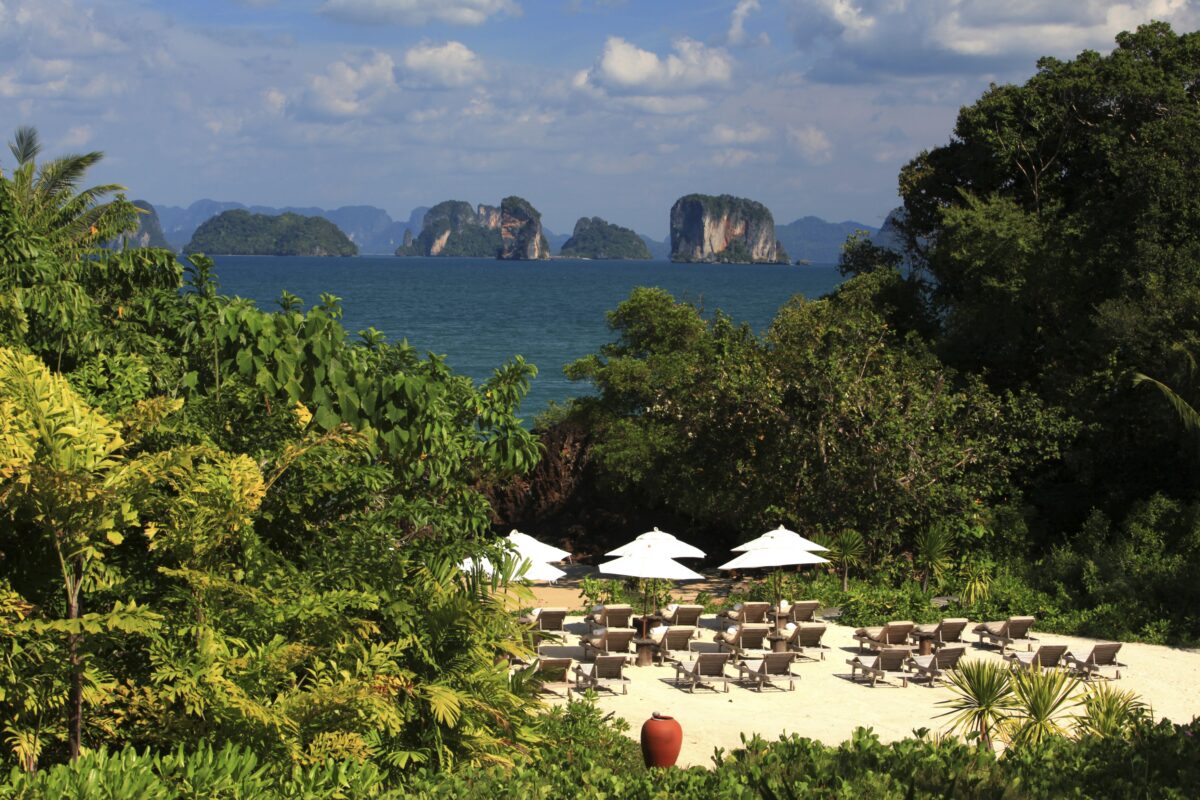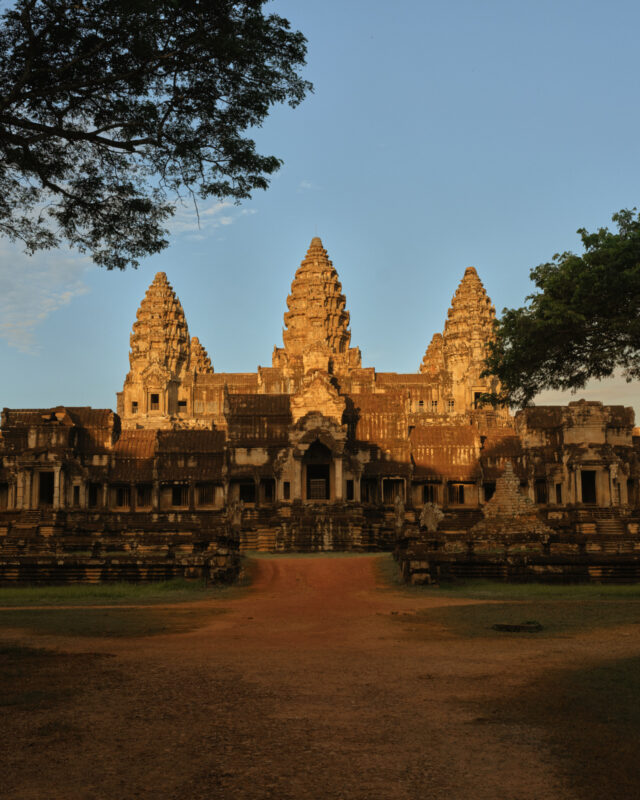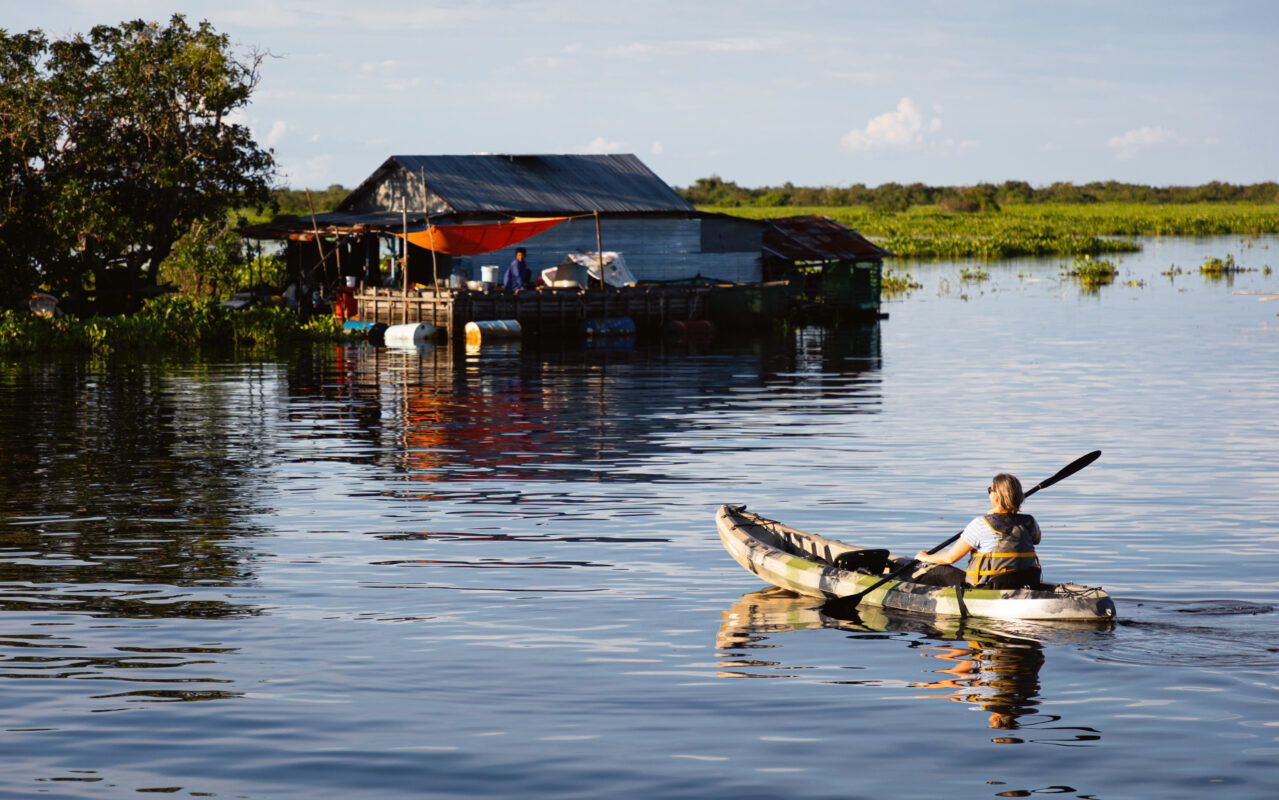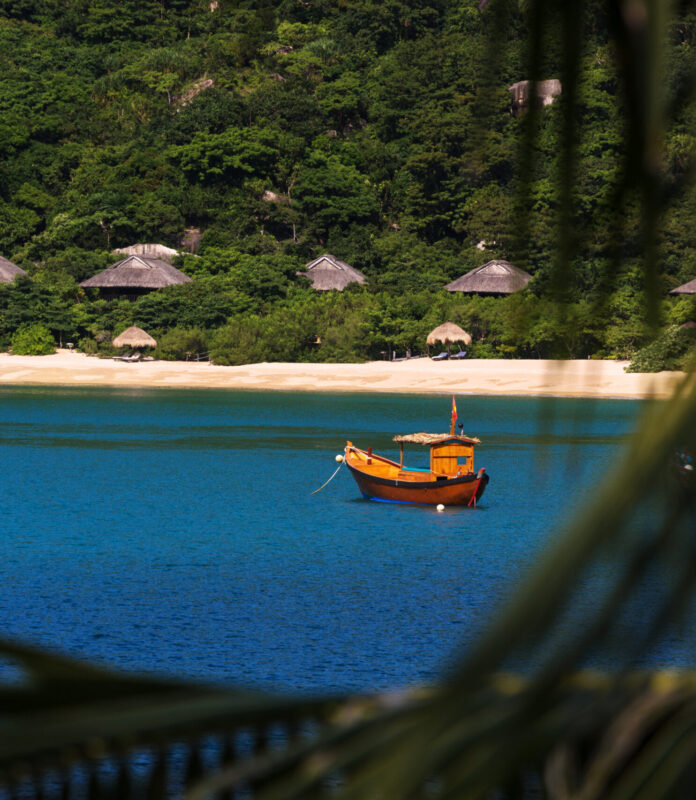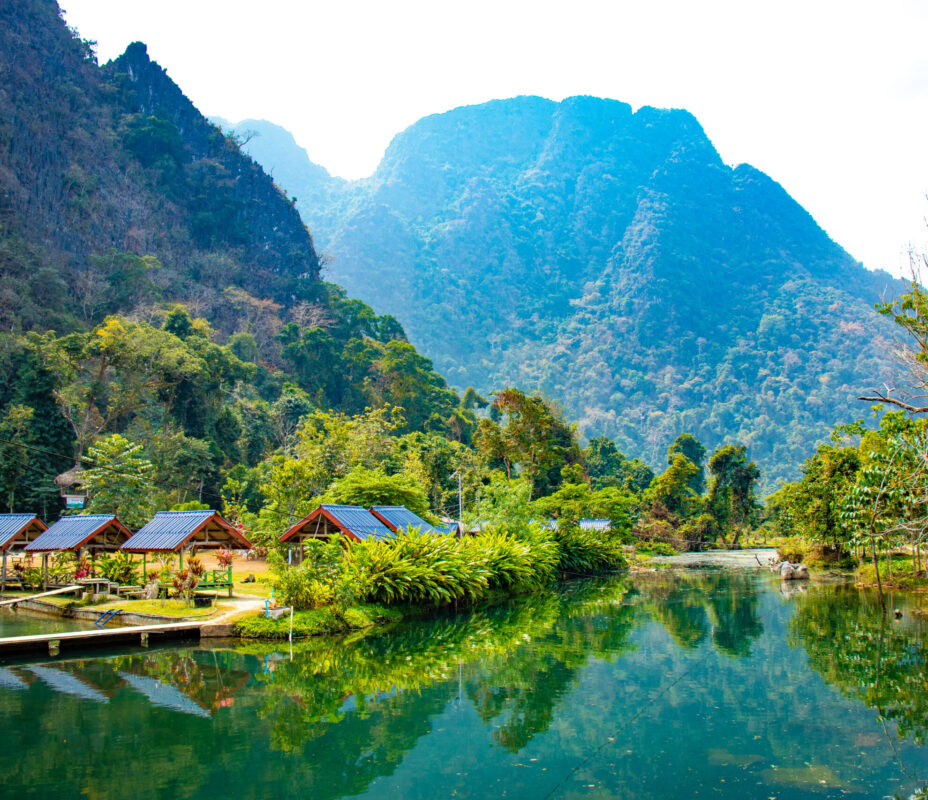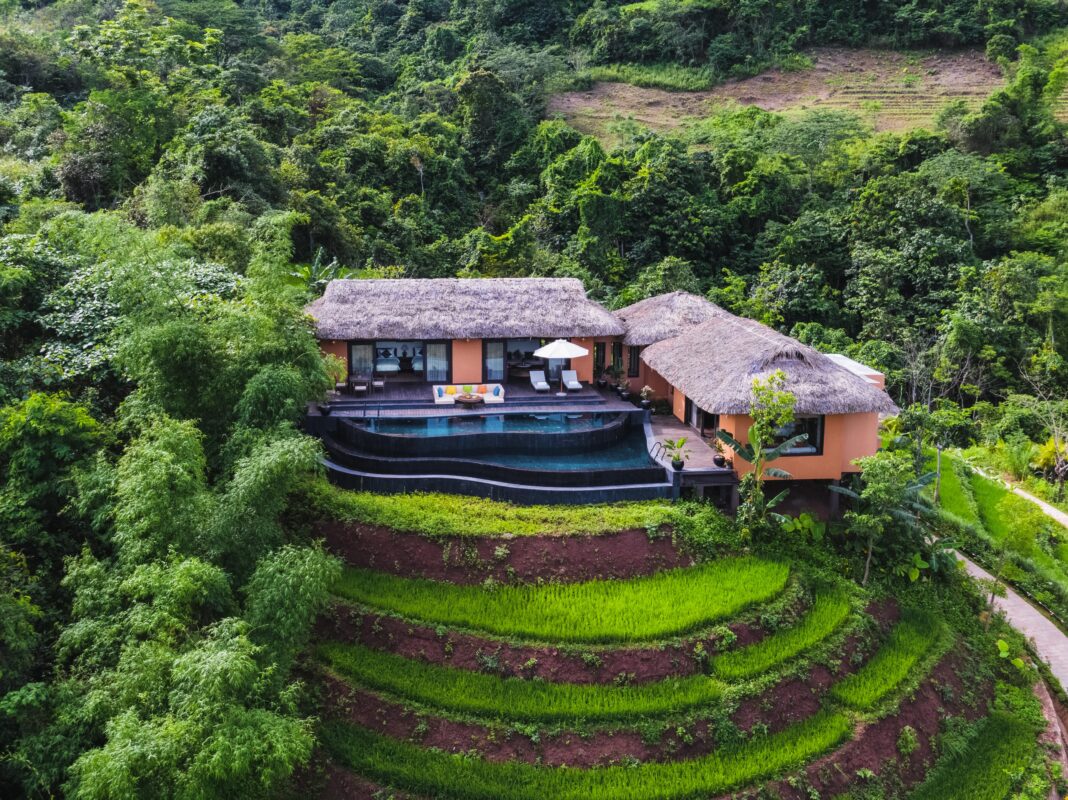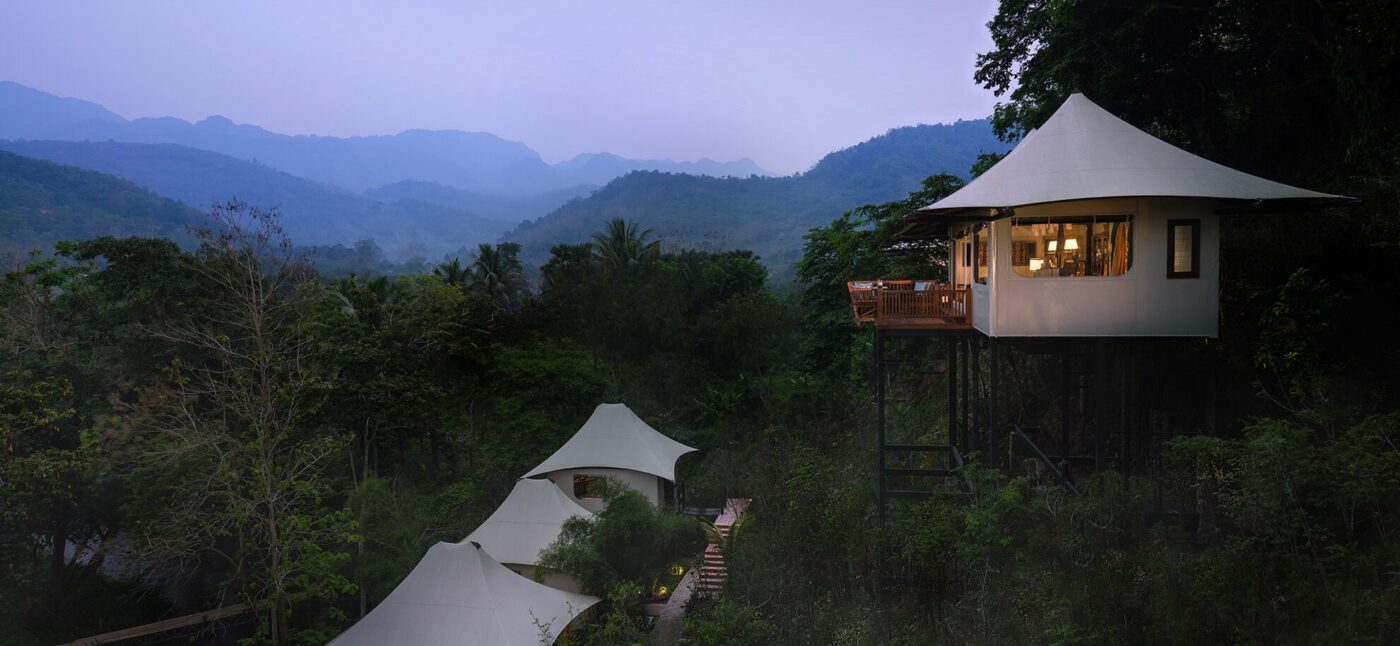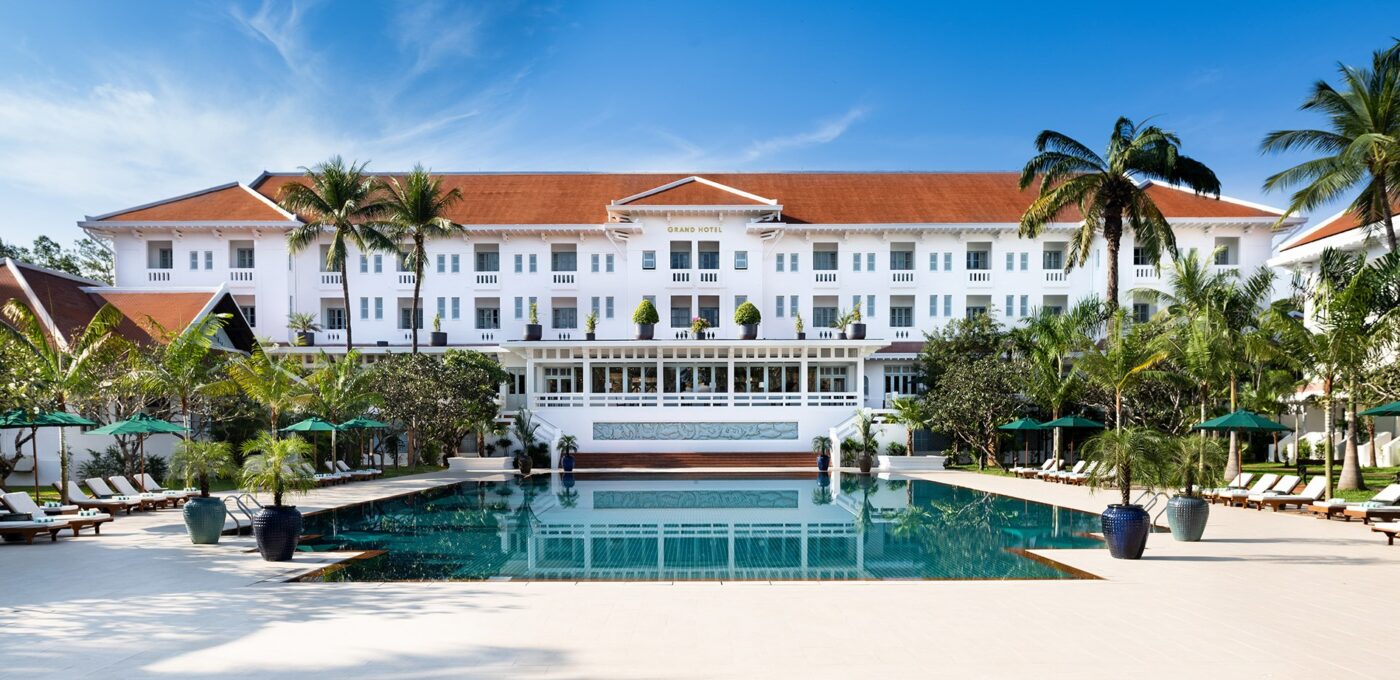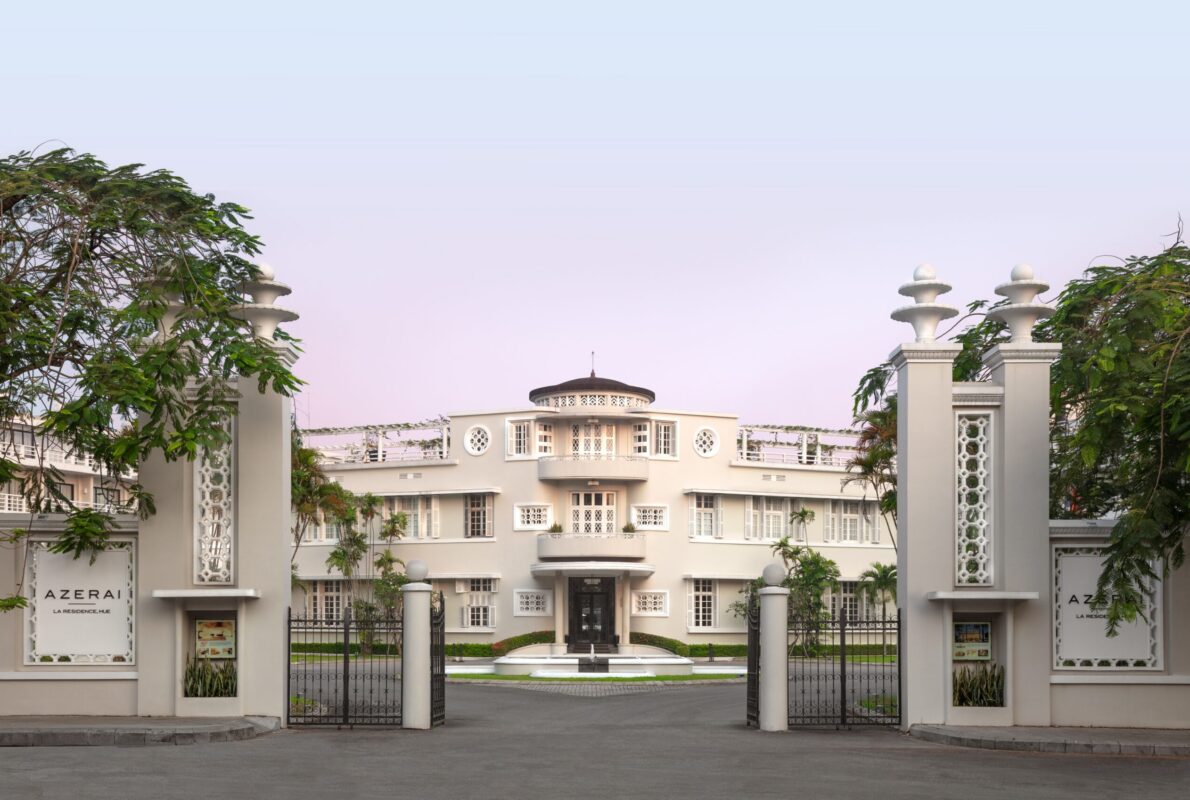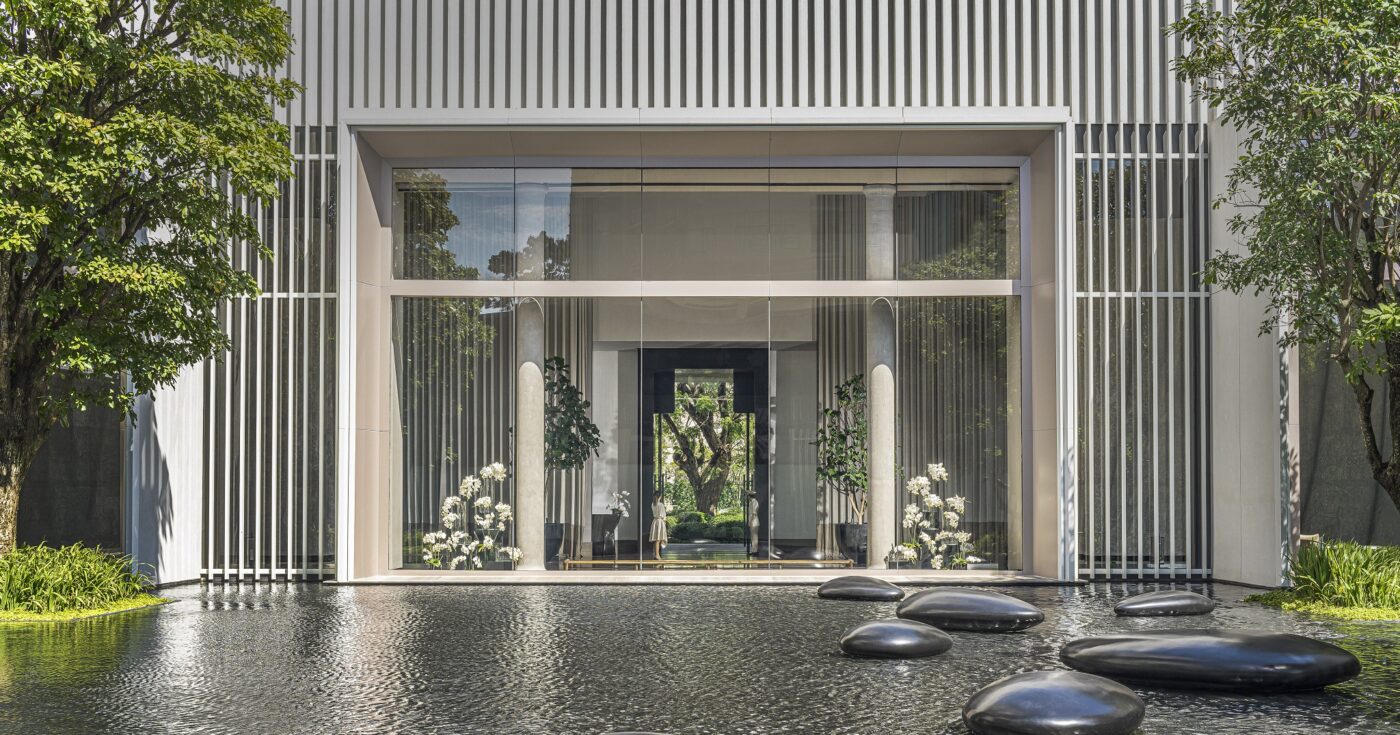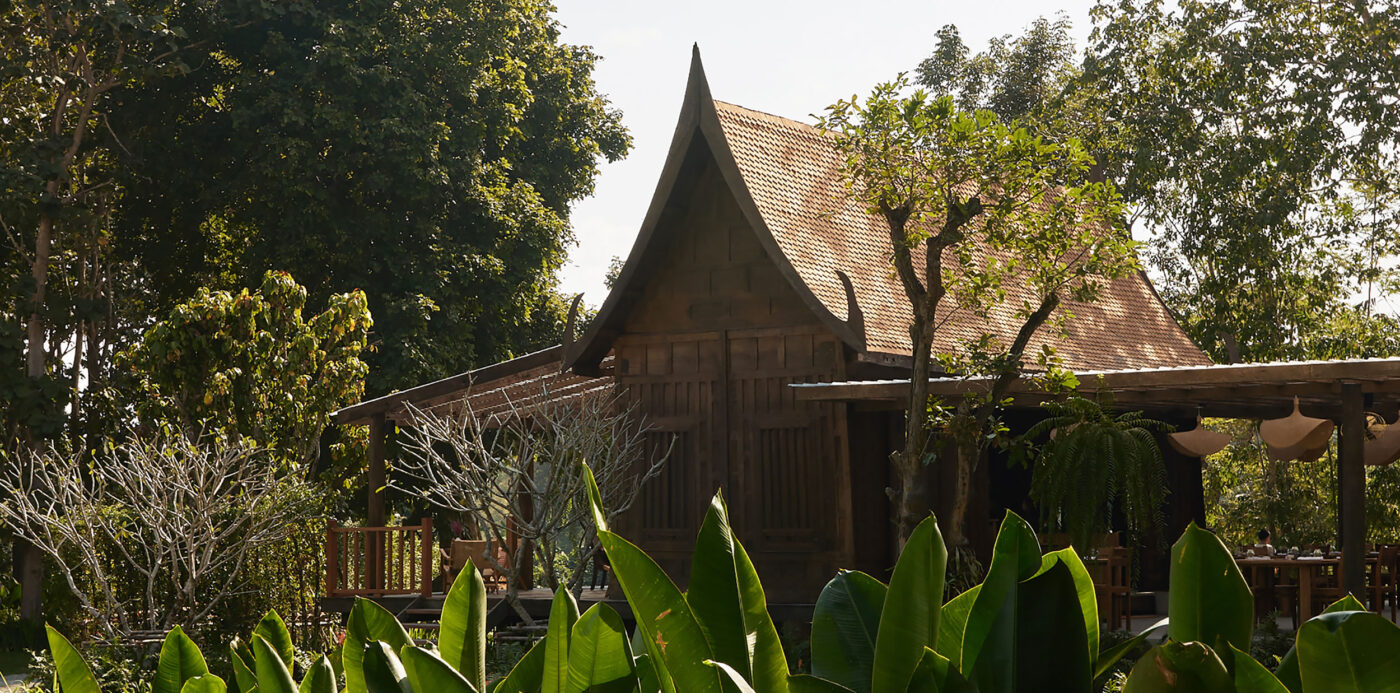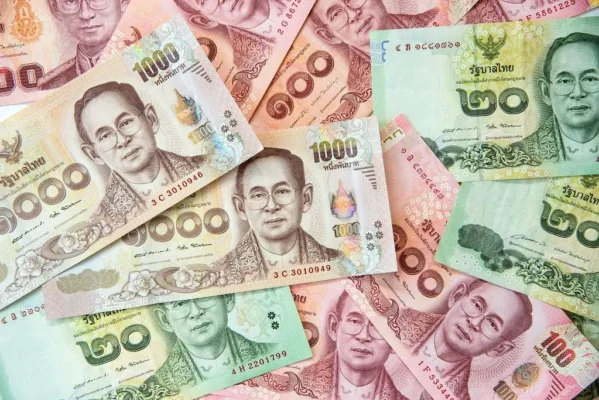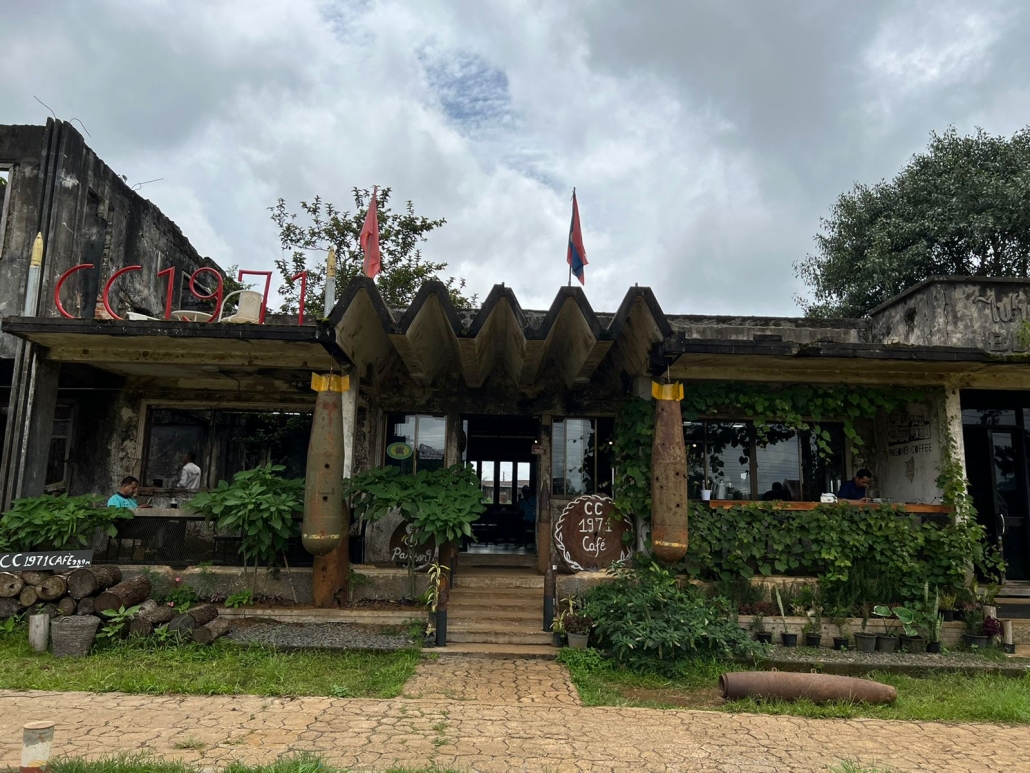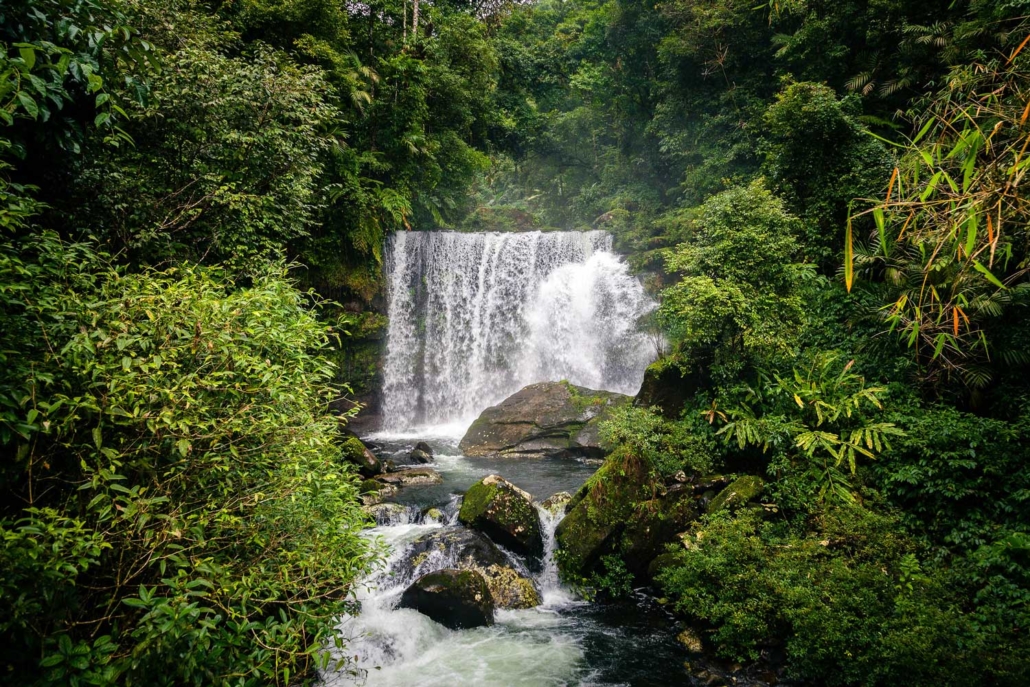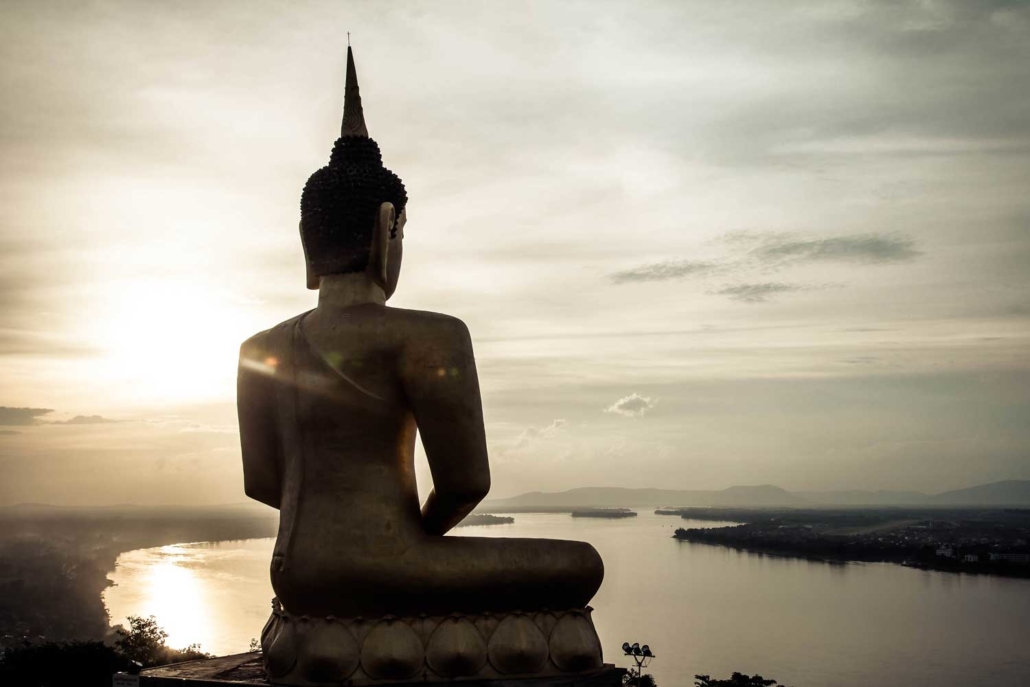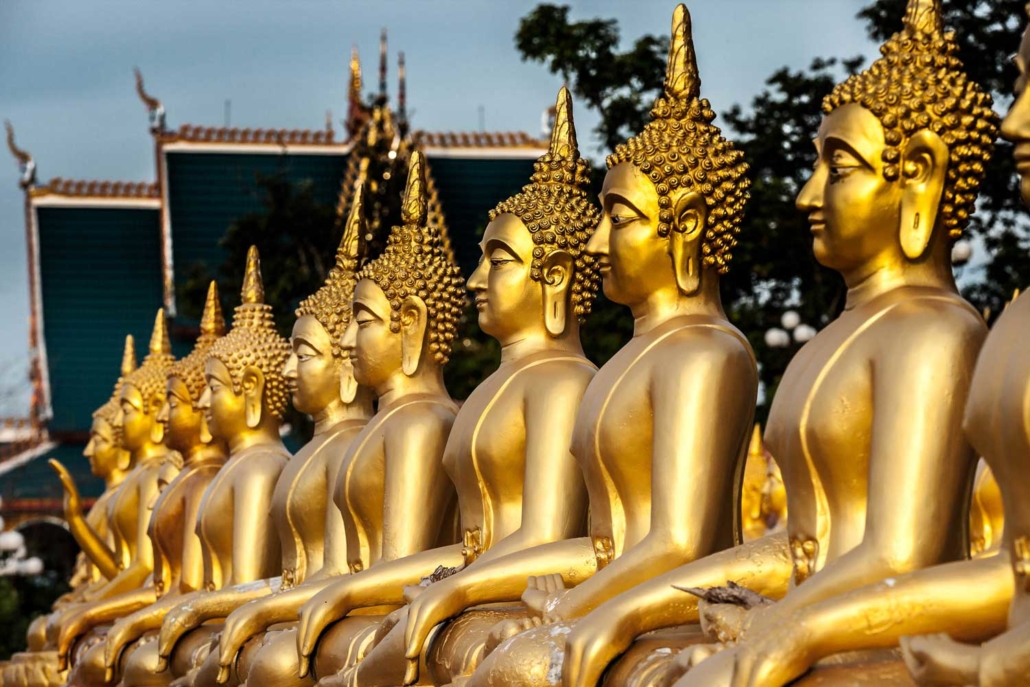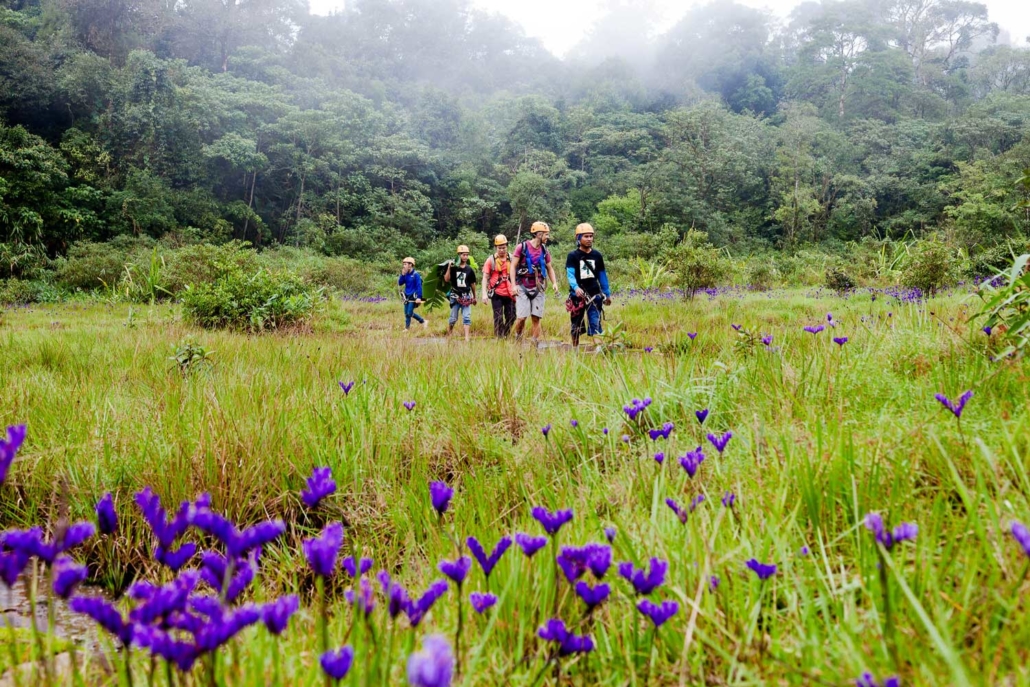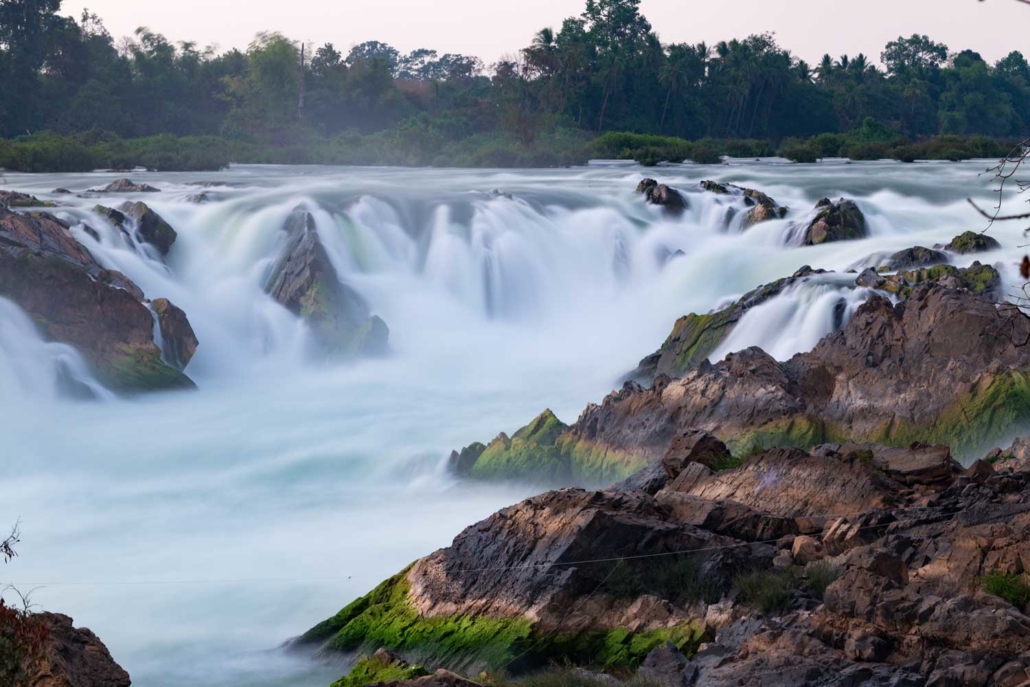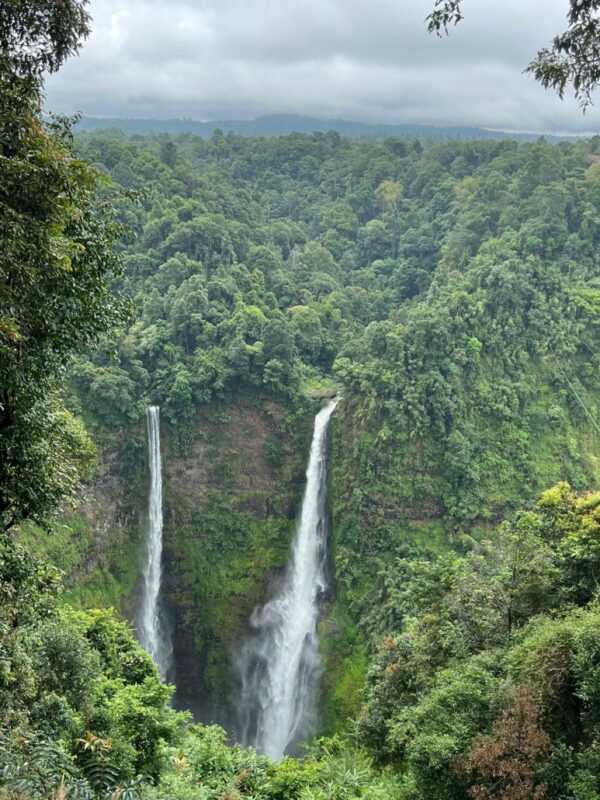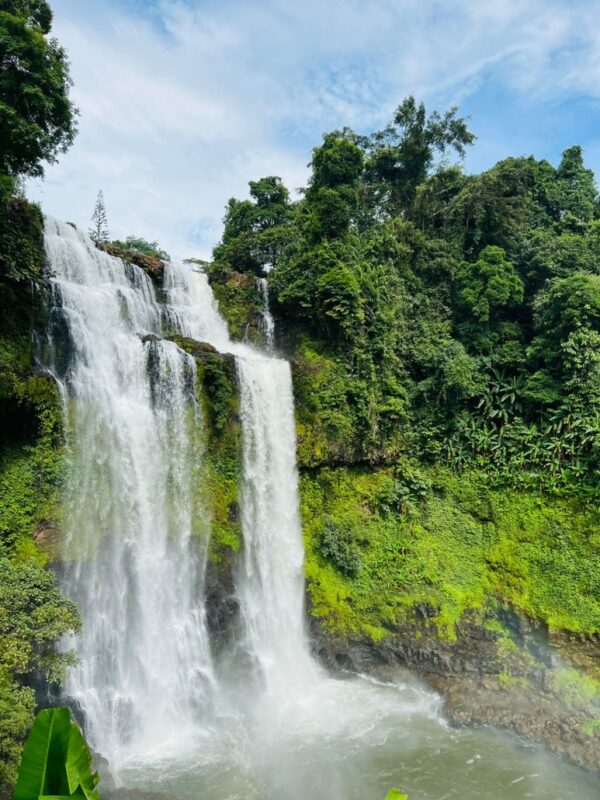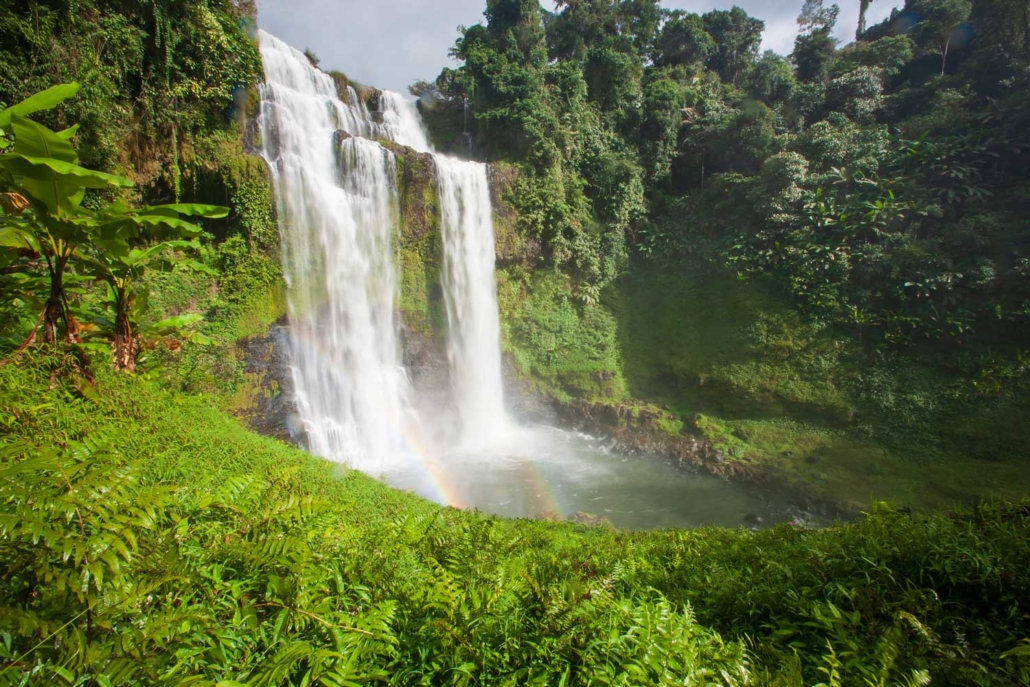CHAMPASAK PROVINCE OVERVIEW
Located: Southern Laos
Total area: 15,415 square kilometers
Population: 704,023 (2024)
10 Districts: Pakse, Sanasomboun, Bachieng Chaleunsouk, Pakxong, Pathoumphone, Phonthong, Champasack, Sukhuma, Mounlapamok & Khong
Capital of the province: Pakse
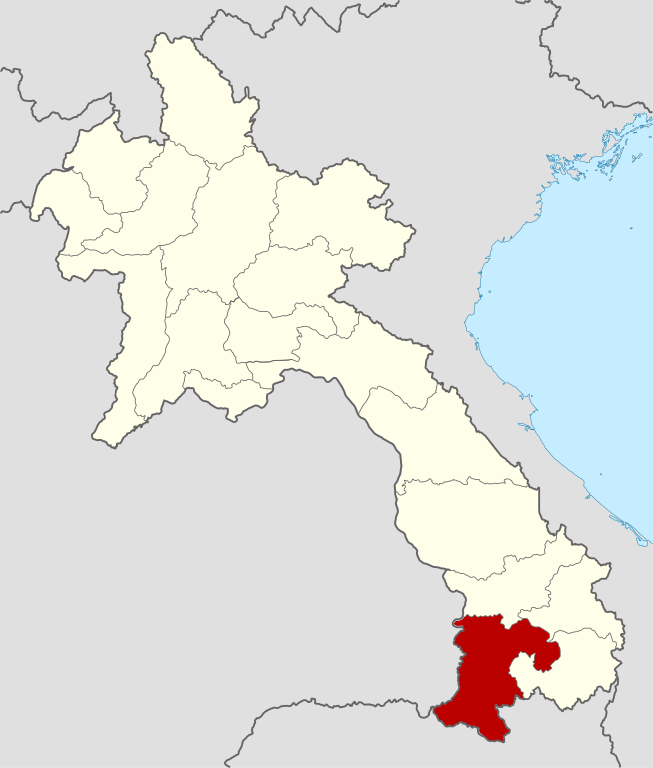
- Breathtaking waterfalls
- Wat Phou temple
- Ecotourism e.g. trekking and ziplining
- Arabica coffee production
Champasack lies to the Southwest and is one of the main political and economic centers of Lao PDR. The capital city, Pakse, is located at the confluence of the Mekong and the Sedon Rivers.
In this province you will find ancient temples which were influenced by the Angkor people who settled in Cambodia. There are many different minorities in Champasack who have their own language, culture and lifestyles.
Champasack Province is known for its relaxed pace of life, warm hospitality and rich cultural, historic and natural heritage. The province has been ruled by various kingdoms through the ages, and today there are many archaeological remains scattered throughout the province. To the south of Pakse is the Wat Phou Temple Complex, a UNESCO World Heritage Site. Attractions also include the Ancient City, historic colonial buildings, and Done Daeng Island, known for its traditional livelihoods and forested trails. In the southern region of the province is Done Khong and the Four Thousand Islands, or Si Phan Done in Lao. On this stretch of the Mekong is the largest waterfall by volume in Southeast Asia, Khone Phapheng, as well as Li Phi waterfall, noted for its cascading emerald green waters. The endangered freshwater Irrawaddy Dolphins inhabit the Mekong near the Lao-Cambodian border and can be observed from locally chartered boats.
The Xe Pian National Protected Area covers 2,400 square kilometer in the province’s southeastern region and is rich in biodiversity of global significance. Xe Pian’s dry deciduous forest and wetlands are home to tigers, Asiatic elephants, white-cheeked gibbons, green peafowl and the giant ibis. Established ecotourism opportunities include elephant riding, bird watching, trekking and village home-stays.
In the northeastern region of the province, rising over 1,500 meters above sea level, are the rich volcanic soils and cool climate of the Bolaven Plateau. This area produces some of the finest Arabica coffees in the world, which can be purchased directly from the local growers. The breathtaking Tad Fane Waterfall located on the edge of Dong Houa Sao National Protected Area cascades over 100 meters off the plateau. In Bachieng Chaleunsouk district the picturesque Pa Suam falls are easily reached by road from Pakse.
Located in the northern corner of the province is the Phou Xieng Thong National Protected Area and Khong Mountain, known for its locally guided tours through an orchid conservation area to Hin Khong or ‘Fish Basket Rock’ which overlooks Ubon Province in Thailand. Just north of Pakse is Done Kho Island, the original French colonial capital of Champasack Province and well-known producer of Lao textiles. Other points of interest in northern Champasack are the Buddhist temples and traditional Southern Lao homes in Ban Saphai, as well as the sacred temple, Wat Pho Sayalam, in Ban Vernxay.
TOURIST DESTINATION
WAT PHOU (THE UNESCO WORLD HERITAGE SITE)
The Wat Phou Temple Complex is one of Southeast Asia’s best examples of both early and classic Khmer architecture dating from the 7th to 12th centuries in year 2001. This UNESCO World Heritage Site includes the ancient city of Shestrapura and many little known but interesting archeological sites along the banks of the Mekong River. There are also many fine examples of traditional Lao homes and buildings from the colonial period. If you are in Champasak during February, don’t miss the Wat Phou Festival. The temple is located on the West bank of the Mekong River, some 45 km., south of Pakse.
KHONE PHA PHENG WATERFALL
Just 13 kilometres from the Cambodian border and east of Don Khon on the Mekong River is the pearl of the Mekong, Khone Phapheng Waterfall. Here the Mekong Cascades across a wide fault line, which slopes in a curvilinear pattern and causes the river to pass through with awesome power. Khone Phapheng is the largest waterfall by water volume in due to its great power and steep descent, the waterfall renders this area of the Mekong unnavigable, before flowing peacefully south into Cambodia and Vietnam. Located: Around 6 km. south of Don Det From Pakse take Route 13 South 150 kilometers, turning right off the highway at the sign pointing to Khone Phapheng. Not far down this road you will see another sign pointing to Khone Phapheng, where you must turn left. Follow the road to the end of the waterfall.
TAD SOMPHAMIT WATERFALL (Li Phi)
Som Pha Mit (Li Phi) Waterfall is another amazing natural site to visit. Here you canrelax, enjoy the scenery, watch people fishing, and enjoy a dish of freshly caught Mekong fish. This waterfall is named after a sacred Buddha image (Pha), which was dropped in the water-never to be found again by the first King of Laos, Jao Fa Ngum, who was travelling the region by boat. Many people have erroneously called it Li Phi, which actually refers to the entire 20 kilometers east-west stretch of waterfalls and rapids of Si Phan Don (including both Khone Phapheng and Som Pha Mit). The name Li Phi was given to the area because it acts like a giant fish trap (Li) and will kill any of those who dare to navigate it (Phi means ghost or dead person). Hence, to avoid becoming like a fish in a giant fish trap, please be cautious around the falls and watch your step. Accessible from tiny Don Lai Island, just 1 kilometer from Don Khon, west of Ban Khon Tai Village.
Known also as ‘Si Phan Don’, the Four Thousand group of small islands are dotted across the Mekong. The southern islands of Don Dhet and Don Khong are the two most visited as the remaining majority stay wild and uninhabited, largely due to their minute size. Both islands are situated close to the Cambodian border and as such provided a vital connection between Saigon and Laos during the French Colonial times when a railway was built to connect the two sides. Don Dhet is the most laid back of the two, although it has some bars and restaurants, Don Khong is the biggest and easier to reach and often a little busier with accommodation getting overcrowded at times. The waters surrounding the islands are home to the rare and illusive Irrawaddy dolphin and provide plenty of fish to the local villagers. Self-sufficient villages survive on local produce including rice, coconuts, sugar cane and vegetables, with clothing and textiles made by their own weaving techniques as and when required. The islands are a great place to discover a new very rural side to Laos, rich in tradition and culture with old buildings, walking trails and a choice of places to sleep and eat.
TAD PHA SAUM WATERFALL
Tad Pha Suam is a wide 6m high waterfall that stretches around a U shaped cliff. Its name ‘suam’ means ‘room’ in Lao. The falls flow year round from the Houai Champi River as it descends across the Bolaven Plateau from the north in Salavanh province. Spend a lazy afternoon swimming in the large natural rock pool beneath the falls, or enjoy a picnic or lunch at the nearby Uttayan Bachieng Resort restaurant. You can also visit the ethnic Lavae model village nearby where you can discover housing styles from different ethnic groups and see handicrafts in the making. Tad Pha Suam is also the first waterfall in the Bolaven Plateau loop, a 374km round trip that takes four days by motorbike or vehicle. The Pha Suam waterfall and the ethnic Lavae model village are very popular with Thai tour groups. Only 33km from Pakse. Turn left on Km38 on the main road from Pakse. It is a further 2km from there.
TAD FANE WATERFALL
If you are visiting Southern Laos, you will want to put Tad Fane at the top of your waterfall list, together with the Li Phi and Khone Phapeng waterfalls further south on the 4000 islands. Tad Fane, in the Dong Hua Sao National Park on the Bolaven Plateau, is breathtaking feat of nature. One of the most magnificent falls in South East Asia; it combines two rivers to form stunning twin 120m high waterfalls. Treat yourself to more than the glorious views with a leisurely lunch at the Tad Fane Resort. Immerse yourself in the beautiful scenery with an overnight stay in a bungalow set amongst the towering trees of the forest. Indulge your adventurous spirit with half and full day treks up to the top of Tad Fane falls and to nearby ethnic villages. Like coffee? You will want to make the time to try the local brew, the best coffee in Laos. Meet the famous ‘Mr Koffie’ and take an intimate and enthusiastic tour on the plantation followed by tastings. Location: 38km along the Route E16 to Paksong (straight on at the intersection at kilometre 21 of Route 13E when coming from Pakse).
TAD YEUNG WATERFALL
Make the time to visit Tad Yuang waterfall on the Bolaven Plateau as it has become more accessible and tourist friendly in recent years. This is thanks to the work of volunteers who developed the area creating safer viewing platforms and other amenities. Visitors can enjoy the many vistas of this impressive waterfall by following a path to lookouts at the top, middle and bottom of the gorge. There’s even a picnic area above the falls to pause and take in the views. Whilst it’s not the highest waterfall on the Plateau, it’s just as picturesque. Do watch your step maneuvering the slippery staircases. Cooling off in the pools is possible but take care around the rushing waters. Take Route E16 to Paksong (straight on at the intersection at kilometre 21 of Route 13E when coming from Pakse).
TAD CHAMPI WATERFALL
Less frequented than the other main waterfall attractions on the Plateau, Tad Champi waterfall offers a quiet and peaceful retreat into nature, suitable for picnicking or quiet meditation. A path to the left of the parking lot can be followed down to the edge of the stream (watch your step on the handcrafted stairway), where you can relax on either long wooden benches or on its natural round boulders. The access way to Tad Champi starts from Km 38 on the left hand side of Route 23, directly across the street. from the Tad Fane Waterfall access road. The waterfall is a few turns and a few kilometres down the way. Follow the signs that point the way.
TREE TOP EXPLORER
The Tree Top Explorer in the south of Laos simply blows one’s head off! Deep inside a national park and away from bustling city life, this parcours offers excellent trekking that culminates in flying through the jungle on zip-lines, the most extensive and longest in the region. Canopy walkways and a ‘via ferrata’ add to the challenges to be mastered. If that’s not enough, the night is spent in romantic tree houses which let you easily forget the bravery of the day by the tranquillizing sound of waterfalls surrounding the visitor. The rugged mountain range to the west of the Dong Hua Sao Protected Are not far from Pakse, is characterized by very steep slopes where pristine forest remains. Here, almost secluded from the outside world, the core of activities and ‘après trek’ leisure takes place in the midst of a small, heavily forested basin valley. It’s a gem of another civilization without phone and internet, car nor urban noise pollution. Waterfalls, truly magnificent waterfalls, seem to be around everywhere. The zip-line experience in the face of these giant water walls gives the whole endeavor its special edge, while the tree houses offer vistas of serene jungle in a relaxed atmosphere. Ban Nongluang is located only 12 km east of Paksong,the coffee capital. The place can easily be reached from Pakse in less than an hour. The road is almost excellent, only the last few kilometer from the main road to the village may be a bit bumpy before getting to the starting point at Ban Nongluang. www.greendiscoverylaos.com
COFFEE TOURISM SPRINGS BACK IN LIFE IN SOUTHERN LAOS
Strong, full-bodied Bolaven Plateau coffee has been making its way into cappuccinos, lattes, frappes, and ice coffees around the world in recent years, and now global tourists are coming to experience the “Spring of Lao Coffee” in Champasak Province. Travelers can sip their Morning Joe in Pakse, while watching the sunrise over the Bolaven Plateau, knowing that a 1-hour drive lands them in the thick of Lao coffee country and a choice of high-caffeine tours and cafes in and around Paksong Town……………………….
LAOS’ SAFE & SUSTAINABLE STAR: TAD YEUANG WATERFALL
Tad Yeuang Waterfall in Southern Laos won the ASEAN Sustainable Tourism Award (ASTA) in January 2022, for developing a safe and sustainable tourist attraction around the natural site. The falls and market at the entrance are already attracting foreign visitors – as well as community vendors – just 2.5 months after the country reopened. Visitors to “Tad Gneuang”, located about 45 minutes from Pakse, enter into a colorful local market, with stalls and shops upgraded by the community. They are also selling their organic vegetables and fruit, local products and crafts, and popular Bolaven Plateau coffee…………………………
DOUBLE TAP: TAD FANE WATERFALLS REOPEN IN SOUTHERN LAOS
Tad Fane, Southern Laos’ iconic twin waterfalls, has reopened its popular viewpoint and over-the-gorge zipline course to tourists, just a 40-minute drive from Pakse. Tad Fane marks the forested point where the Champi and Phak Koot Rivers meet at a 120-metre cliff and plunge side-by-side from the Bolaven Plateau, landing together in a single pool. On a windy day, rainbows sometimes appear in the mist………………………….
